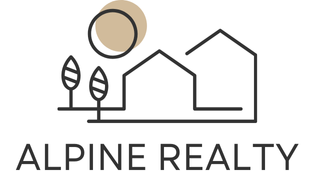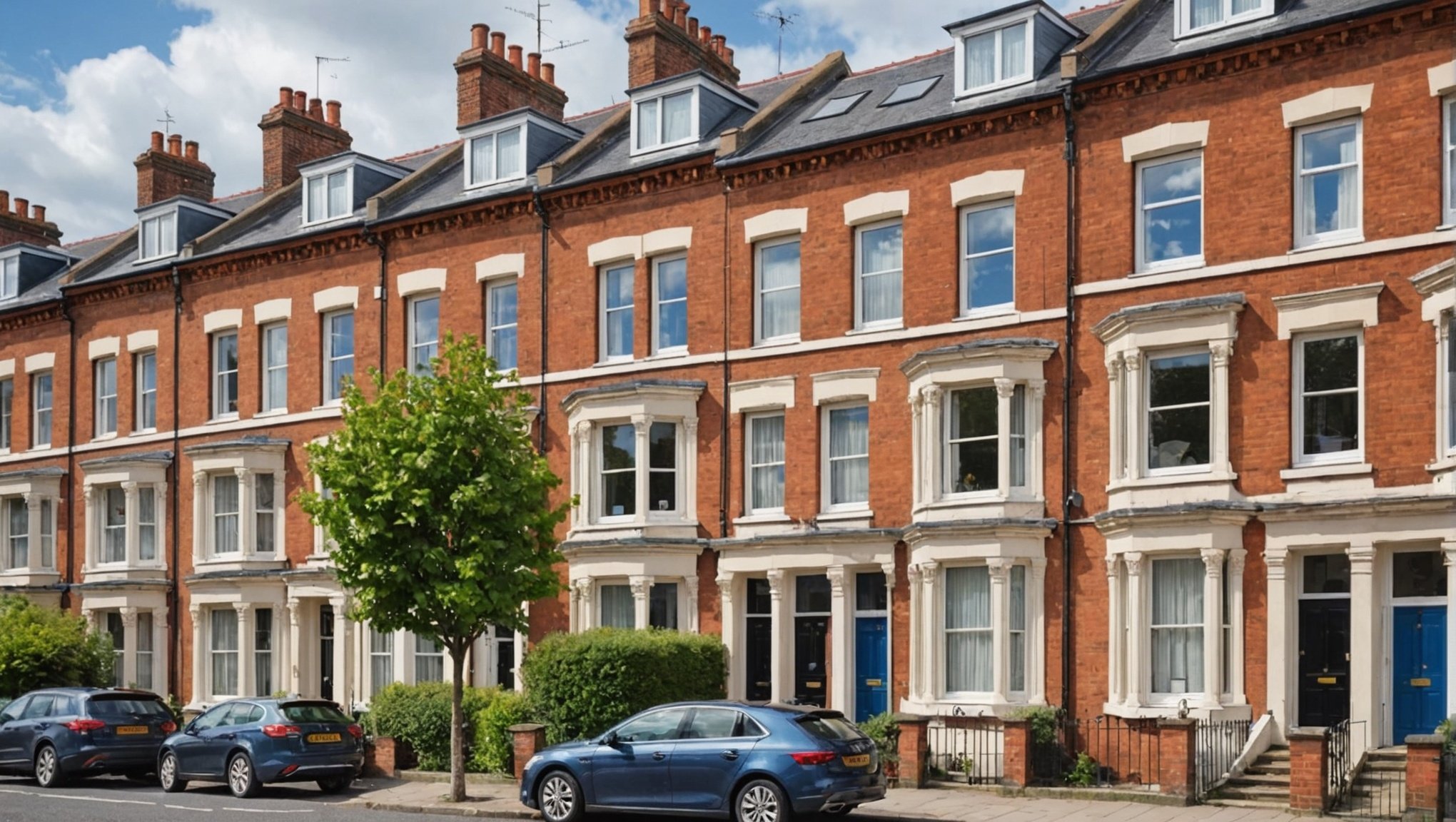If you’re considering buying a property to let in the UK, you must understand how to estimate its potential rental yield accurately. This is crucial to determine whether it’s going to be a profitable investment. Rental yield is the annual income you can expect to earn from rent, calculated as a percentage of the property’s price. Simply put, it gives you an idea of your return on investment.
While some properties may seem like a good buy, a deeper dive into the potential yield could tell a different story. This article will guide you through the process of calculating the potential rental yield of a UK investment property before purchasing.
Cela peut vous intéresser : What credit score improvements can significantly impact your UK mortgage application success?
Understanding Rental Yield
The first step in calculating the potential rental yield is to understand what it means. Rental yield is a percentage that shows the annual return you can expect to receive on your investment. It’s a measure of how much cash the property is likely to generate each year compared to its purchase price.
There are two types of rental yields: gross and net. The gross rental yield simply considers the annual rent collected and the price of the property. On the other hand, net rental yield takes into account the property’s costs such as mortgage repayments, maintenance costs, insurance, and any void periods (time when the property is not being let).
Avez-vous vu cela : How to avoid underinsurance on your UK property and the steps to take if it occurs?
Knowing the difference is essential because while a property may have a high gross yield, the net yield may be considerably lower after all costs are taken into account.
How to Calculate Gross Rental Yield
Gross rental yield provides an initial, simple measure of the return on an investment property. It’s a good starting point to compare properties and markets, but it doesn’t give you the complete picture as it doesn’t consider costs.
Here’s an example of how you’d calculate the gross rental yield:
Suppose you’re considering a property costing £200,000 that you expect to rent for £1,000 per month. The annual rent is £12,000.
To calculate the gross yield, you’d divide the annual rent by the price of the property and multiply by 100:
(£12,000/£200,000) * 100 = 6%
This means that, before any costs, the property could yield 6% of its price each year.
How to Calculate Net Rental Yield
The net rental yield gives you a more accurate picture of your potential return as it takes into account the costs associated with owning and letting the property.
Let’s use the above property as an example again, but add in some costs:
- Mortgage repayments: £7,200 per year
- Maintenance costs: £1,000 per year
- Insurance: £200 per year
The total costs are £8,400.
To calculate the net yield, you subtract the costs from the annual rent and divide by the price of the property, then multiply by 100:
( (£12,000 – £8,400)/£200,000 ) * 100 = 1.8%
This means that after costs, the property could yield 1.8% of its price each year.
What Is a Good Rental Yield?
A "good" rental yield can vary depending on various factors, including the location of the property, the type of property, and the current state of the property market. However, as a general rule of thumb, a gross yield of around 5-8% is usually considered good.
But remember, the gross rental yield doesn’t consider costs, and these can eat significantly into your income. So, it’s essential to consider the net yield too.
For net yield, something around 4% or above could be considered good, but again, this can vary.
Factors That Can Affect Rental Yield
Numerous factors can affect the rental yield of an investment property. The location can have a significant impact. For instance, properties in cities or towns with high demand for rentals may command higher rents, leading to higher yields.
The type and condition of the property can also affect the yield. Newer properties may have fewer maintenance costs, and properties with more amenities may command higher rents.
Market conditions can also play a role. For instance, if there is a surplus of rental properties in an area, this could drive down rents, affecting your yield.
Lastly, your own costs can greatly impact the net yield. For example, a higher interest rate on your mortgage could increase your costs and lower your net yield.
Calculating the potential rental yield is a crucial step in evaluating a property investment. By considering both gross and net yields, and being aware of the factors that can affect these, you’ll be well-equipped to make informed, profitable property investment decisions.
Calculating Rental Yield with a Yield Calculator
When it comes to calculating the potential rental yield of an investment property, it’s possible to do the math manually as outlined above. However, to ease the process, you could use a yield calculator.
A yield calculator is a tool that allows you to input the necessary details about a property and automatically calculates the gross and net yields for you. This will include the purchase price, expected monthly rent, yearly expenses such as maintenance costs, insurance, and mortgage repayments.
For instance, if we input the figures from the previous example (£200,000 purchase price, £1,000 monthly rent, £7,200 mortgage repayments, £1,000 maintenance costs, £200 insurance) into a yield calculator, it should deliver the same figures: a gross yield of 6% and a net yield of 1.8%.
Using a yield calculator can save you time and provide a fast, easy way to compare the potential yields of different properties. This can be particularly useful if you are considering several properties and want to quickly compare their potential returns.
Nevertheless, bear in mind that while these calculations are crucial, rental yield is just one factor to consider when choosing a property investment. It’s also important to consider the potential for capital growth and other factors that affect the long-term profitability of a property.
Considerations to Increase Rental Yield
There are several strategies you can employ to increase the rental yield of a property. Here are just a few to consider:
- Improve the property: By making improvements to the property, you could potentially increase the monthly rent. However, make sure that the cost of improvements will be outweighed by the increased rental income you can achieve.
- Choose the right location: As mentioned earlier, location is crucial. Choosing a property in an area with high rental demands can result in a higher rental yield.
- Reduce void periods: Try to reduce the time your property is vacant. This could involve responding quickly to maintenance requests or providing excellent service to encourage tenants to renew their leases.
- Review rents regularly: Keep an eye on the local rental market and review your rents regularly to ensure they’re in line with current market rates.
Conclusion
The potential rental yield is a key consideration when choosing an investment property in the UK. Both gross and net rental yields provide valuable insights into the potential profitability of a property, but it’s essential to consider both to get a full picture of your potential return on investment.
Remember, a high gross yield might look appealing, but the net yield will give a more accurate reflection of the true profit after taking into account all costs. Calculating rental yield is a vital part of property investment, but it’s not the only factor to consider. The potential for capital growth, the location of the property, and the demand for rentals in the area should also be taken into account.
By acquainting yourself with rental yields, using tools like yield calculators, and implementing strategies to increase your rental income, you can make informed decisions that will help maximise your property investment returns in the UK.











